Feeding Swans, Geese and Ducks
Swans, Geese and Ducks are commonly found neighborhood ponds, and people are generally delighted to have these birds move into their local ponds for them to enjoy.
In general, it is not a good idea to feed wild birds as it will increase their dependence on us for survival – and the food humans frequently feed them (such as bread and chips) is utterly unsuitable for them and can cause multiple health problems for them down the line.
When feeding water fowl, it is best to stay as close to their natural diet as possible.
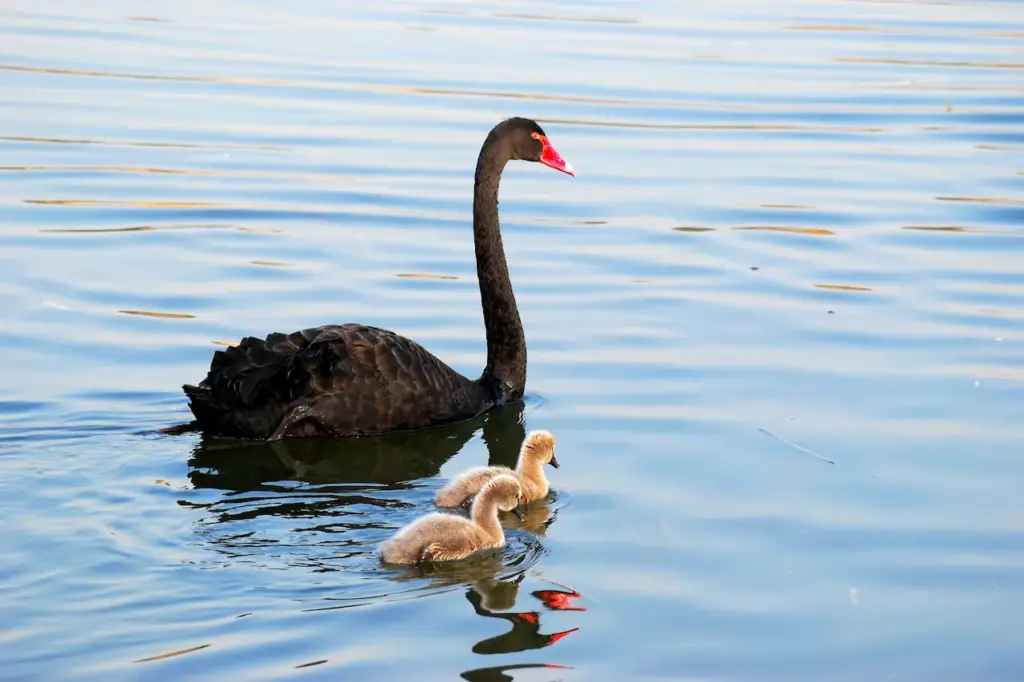
Their natural diet consists of …
- Swans: In summer, the diet of swans consists mainly of aquatic vegetation, eaten while swimming, such as underwater plants and algae (Note: as algae eaters, they can be valuable in shallow bay areas, in rivers and ponds)
- Grasses found along the banks.
- They are also insectivores and will eat small insects
- At other times of year, they also eat cultivated grains in open fields
- Ducks feed off of larvae and pupae usually found under rocks, aquatic animals, plant material, seeds, small fish, snails, and crabs.
- Geese consume a wide variety of plant material, including grass, leaves, roots, etc. They may also feed on aquatic plant material and waste grain left in plowed fields, as well as mollusks, crustaceans and even small fish. Many of them (such as the Roman Rufted Geese) also eat bugs, which makes them an excellent choice for those wishing to control insect populations in the backyard.
- Note: Feeding geese is likely to reduce or even eliminates their value as natural insect controller in the backyard.
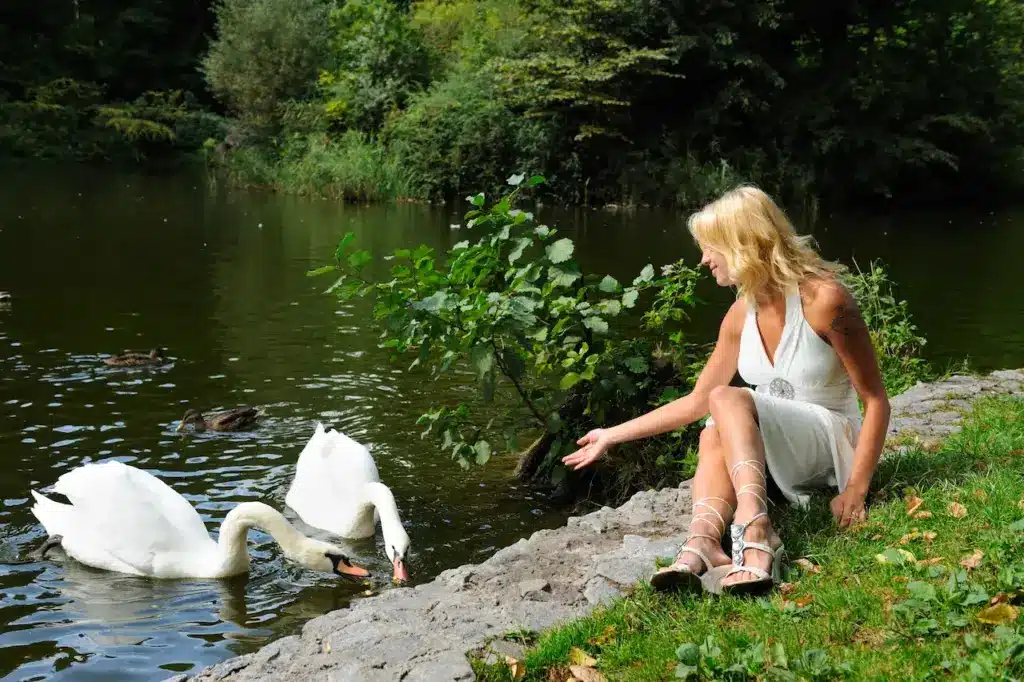
Feeding Swans, Ducks and Geese – the right way
Please note that their natural diet is best for them and that filling them up with food that is not part of their natural diet should be avoided, as it will prevent them from getting the nutrition they need as well as being potentially harmful.
HOWEVER, when winter conditions set in and little food is available – our help in providing food is likely to be very appreciated and may be even life-saving.
What NOT to Feed:
- Anything that is NOT healthy for us: sugary, starchy, fatty foods, junk food, fast food, meat
- Milk / dairy products: Birds lack the enzymes necessary to digest milk sugar, lactose. Ingestion may result in diarrhea and possibly dehydration. Severe dehydration can lead to death.
- Bread, chips, cakes, cookies, and cereal, etc – as these foods can cause digestive and serious other health problems
- Cooked and processed foods
- Foods not safe for birds
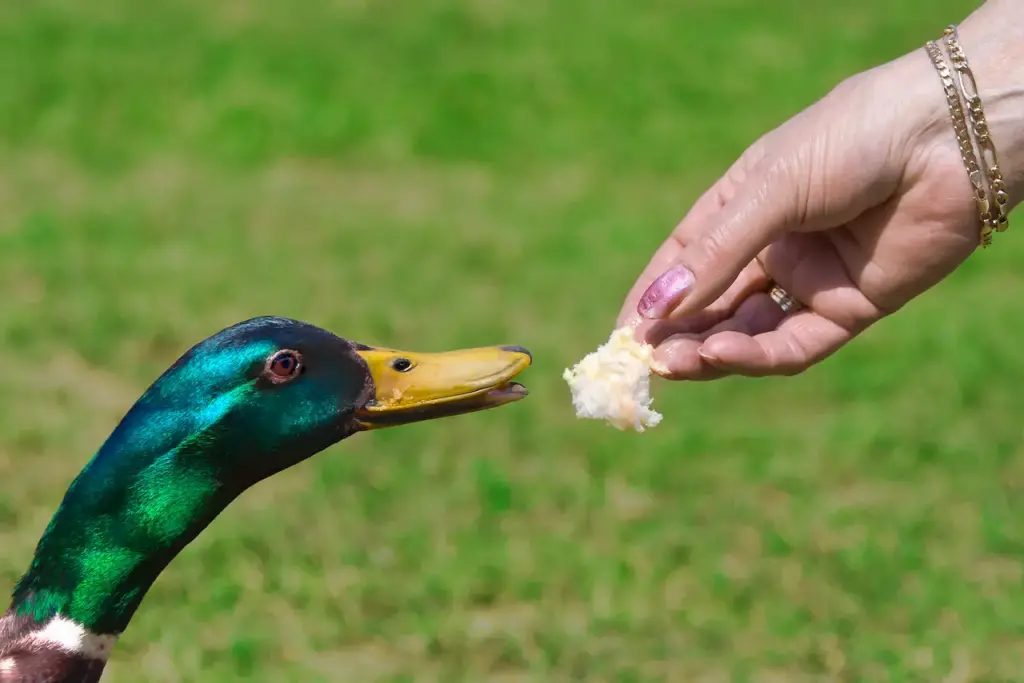
What to Feed
- Note: Any food fed to them should be in manageable size for swallowing. Foods should be as natural as possible, unprocessed without harmful additives.
- Please refer to the natural diet as described above or on the relevant species pages … If possible, feed items that are close to their natural diet.
- Particularly in the winter months when grasses or other plant vegetation is scarce, greens such as dark green lettuce, spinach, chopped/shredded carrots, celery and alfalfa sprouts and other vegetables and greens make a great supplement. Note that lettuce may be an acquired taste and the swans may take a while to get used to it. Any vegetables need to be cut up into small pieces. Remember, birds don’t have teeth!
- Other foods to feed: Healthy popcorn (without artificial coloring and flavorings); corn / cracked corn; whole wheat GRAIN (not processed, not bread – natural state grain); whole oats; brown rice, lentils, split peas and smallish seeds
- Equally loved and cherished are peelings from our own food preparations for dinner, such as broccoli, potatoes, green beans, cabbage — GENTLY steamed (only enough to warm up – NEVER cook and NEVER use the microwave to warm up) and feed warm (not hot) to swans who will especially appreciate that when it’s cold outside.
How to feed:
- Any food should be thrown onto the water so that they can swallow water together with the food, which helps them digest the food more easily.
- Also, feeding swans, ducks and geese on land encourages them to leave the water whenever they see people, which can put them at significant risk if dogs or other predators are about.
- Also remember, even though you obviously have a deep love for these magnificent birds, there are people out there who will harm them. Turning swans into trusting pets will put them at risk of being targeted by these sick individuals.
- Watch and enjoy them from afar, not drawing their attention to you as much as possible.

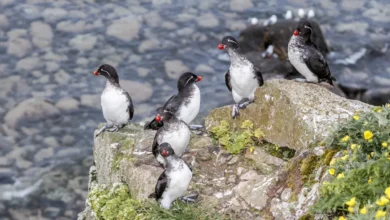
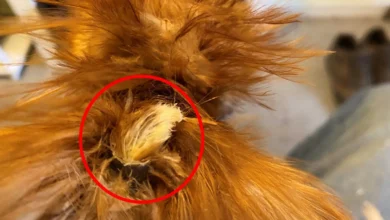

Can my ducks eat chicken…
Can my ducks eat chicken feed?
The answer is “it depends”…
The answer is “it depends”. Waterfowl, especially baby ducks, have different nutritional requirements from chickens. These differences are important. I use feed formulated for waterfowl for all baby birds. You can also use a very high quality feed designed for meat chickens, this type of feed is designed for baby ducks and chicks. Read the label carefully, be willing to spend more money. For older ducks, you have more options. Also older birds can run around and find tasty tidbits to supplement their commercial feed. Yes, and most domestic ducks do since it can be hard to find duck feed.
How would you fight a swan?
How would you fight a swan?
Have you seen the inside of…
Have you seen the inside of a swan’s beak? Seriously, do you want to be bitten by that? I have been, when I was a small child. Needless to say, I have infinite respect for these beautiful animals.
And, as folks below have mentioned, these guys pack a punch with their wings too. They can break bones – namely yours, and all they’ll get is a bruise. These amazing animals are far stronger, and far more aggressive, than most people realise, and people disrespect this reality at their own risk. In a way, they’re just like ducks/geese. However, their size and behaviour is bit more aggressive and makes people get scared easily. They need a proper environment to pet them, ideally a lake or a big pond with lots of greens and straw for their nest.
If you get a chick and raise them, it’s much easier to make them your pets. However, by nature Swans are aggressive and territorial, they seldom like being touched and are very strong in responding. Be prepared to be bitten and chased – however, once you have established a relationship, they’ll try their best not to bite you hard.
Having said that, once they start to trust you (they’ll actually start talking to you like geese do), they can act like your pets and follow you around. I wouldn’t advice to have them indoors as they poop a lot and would create big mess inside and will be very confused themselves.